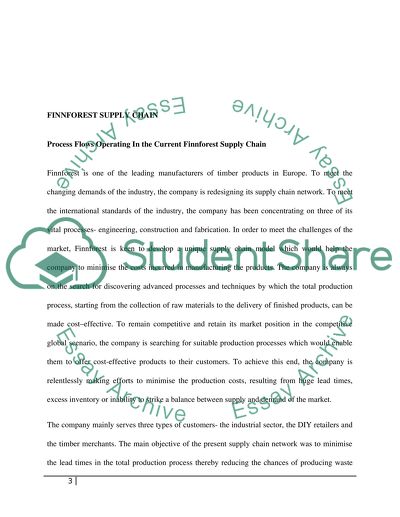Cite this document
(“E-Business Logistics and Operation ( Case study Analysis) Essay”, n.d.)
E-Business Logistics and Operation ( Case study Analysis) Essay. Retrieved from https://studentshare.org/miscellaneous/1554698-e-business-logistics-and-operation-case-study-analysis
E-Business Logistics and Operation ( Case study Analysis) Essay. Retrieved from https://studentshare.org/miscellaneous/1554698-e-business-logistics-and-operation-case-study-analysis
(E-Business Logistics and Operation ( Case Study Analysis) Essay)
E-Business Logistics and Operation ( Case Study Analysis) Essay. https://studentshare.org/miscellaneous/1554698-e-business-logistics-and-operation-case-study-analysis.
E-Business Logistics and Operation ( Case Study Analysis) Essay. https://studentshare.org/miscellaneous/1554698-e-business-logistics-and-operation-case-study-analysis.
“E-Business Logistics and Operation ( Case Study Analysis) Essay”, n.d. https://studentshare.org/miscellaneous/1554698-e-business-logistics-and-operation-case-study-analysis.


